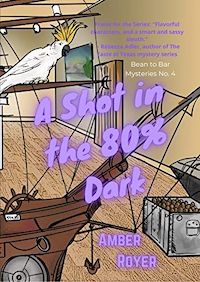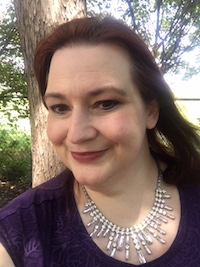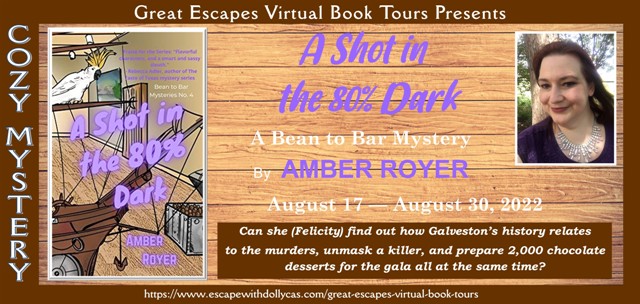
The Puzzle of a Mystery Novel
I’ve always thought of writing a novel as designing and solving a puzzle at the same time. I’m one of those writers who has to have the ending to a mystery (knowing who killed the victim and why) figured out before I get too far into the draft, if I am going to be able to layer in the correct foreshadowing and have the suspected characters behave realistically, so that the ending doesn’t ring false when I finally get to the point of writing it. (I know Agatha Christie famously wrote her novels such that any of the suspects could have been the murderer — then decided who did it when she got to the point of the big reveal. I write more with the character’s psychology in mind, so I think it would be hard to write a cast of character knowing that one of them was lying about what was really going inside their mind.). Because I know the end, the writing process also becomes a game between me and the reader — can I give you enough information that you can play alongside Felicity in solving the mystery, without you figuring out the whys and hows in the first chapter?
That was an especially hard challenge for A Shot in the 80% Dark, the fourth book in my Bean to Bar Mysteries series. I wanted there to be two victims of the book’s initial murder, which meant two sets of potential killers, and two sets of motives. This would force Felicity – my craft chocolate maker sleuth – to make one leap of faith, trusting her instincts and living up to the promise of the book’s title.
Of course, the murder itself is literally a shot in the dark, as the lights go out before the victims are killed. I feel like a book’s title can serve as the first piece of the puzzle, and it serves as a promise to the reader of what the book is going to be about. I like to pay off that promise in several ways, if I can. Having it be a play on a cliché or a pun sets up added expectations for the reader for the tone of the book, but I want it to be deeper – one metaphorical meaning, one literal meaning, one meaning that sets the puzzle in motion. (Even with 70% Dark Intentions – the second book in the series – that metaphorical meaning is there, as Felicity finds out that even the book’s worst characters aren’t 100% bad, and that she was wrong about the intentions of some of them.)

I think a lot of people are drawn to mysteries because they can interact with the puzzle of the novel in a way that you can’t easily do with other novels. As a writer, I can look at how any genre of book or film sets up Act 1 and extrapolate where story structure demands, the way characters are introduced, the plot question being considered, etc., will likely take the narrative. But that requires looking at the piece as a sum of its parts, outside the suspension of disbelief required by the story. (It can also really annoy people you are watching a movie with – always ask if you can deconstruct a piece as you go.)
But with mysteries, the author is asking you to absorb that same information more naturally, guiding you to make guesses, intentionally misdirecting and obscuring some information, so that when you get to the end, you can be surprised at how it plays out. The fact that a murder mystery must reveal the solution, and that it will end with the killer being caught as a requirement of the genre gives the reader the puzzle’s edge pieces to start. We kind of know where it all is heading. It’s the author’s job to make it a worthwhile ride.
I enjoy literal games and puzzles too. Plus, I’m into photography, so I am always looking for different things that I can do with my best images. Whenever I go somewhere new, I photograph coffee (especially if there is a roastery!) and chocolate (especially if I can include whole nibs, pods or cacao trees). Recently, we went back to Galveston for a research trip — where I obviously took a ton of pictures. Trying to figure out how to best show them off, I found a site where you can turn your own photos into puzzles. I took some of my favorite Bean-to-Bar-books-inspired photos and made them into digital jigsaws. Here’s a link. http://amberroyer.com/jigsaw/
You can complete each puzzle interactively as a point-and-drag game. They’re actually more complicated than you would think – though you can change the number of pieces to something ridiculously simple if you want (the minimum pieces is 6) to upwards of 1,000 pieces. One of the puzzles will even give you a clue to the murder in A Shot in the 80% Dark.
Learn more about Amber Royer at amberroyer.com. Want more author news? If so, click here to read my Behind the Story interviews from your favorite authors.
a Rafflecopter giveaway

Thanks for hosting my post about puzzles and mysteries. It was fun to get to share.